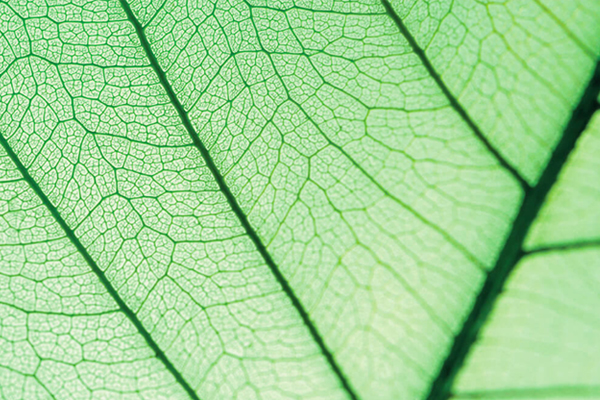Hot Products
All categories
搜索

YOU CAN MAKE FOR YOURSELF
Beta-carotene(100% Natural)
YOU CAN MAKE FOR YOURSELF
Biotin
YOU CAN MAKE FOR YOURSELF
Coenzyme Q10
YOU CAN MAKE FOR YOURSELF
Cyanocobalamin USP
YOU CAN MAKE FOR YOURSELF
D-Ribose
YOU CAN MAKE FOR YOURSELF
Folic Acid
YOU CAN MAKE FOR YOURSELF
L-carnitine Base
YOU CAN MAKE FOR YOURSELF
METHYLCOBALAMIN
YOU CAN MAKE FOR YOURSELF
Natural Vitamin E powder 30%
YOU CAN MAKE FOR YOURSELF
Natural Vitamin E Succinate
YOU CAN MAKE FOR YOURSELF
Pyridoxal-5-Phosphate(P5P)
YOU CAN MAKE FOR YOURSELF
Sulbutiamine
YOU CAN MAKE FOR YOURSELF
Thiamine Disulfide
YOU CAN MAKE FOR YOURSELF
Vitamin B12
Previous page
1
Next page



